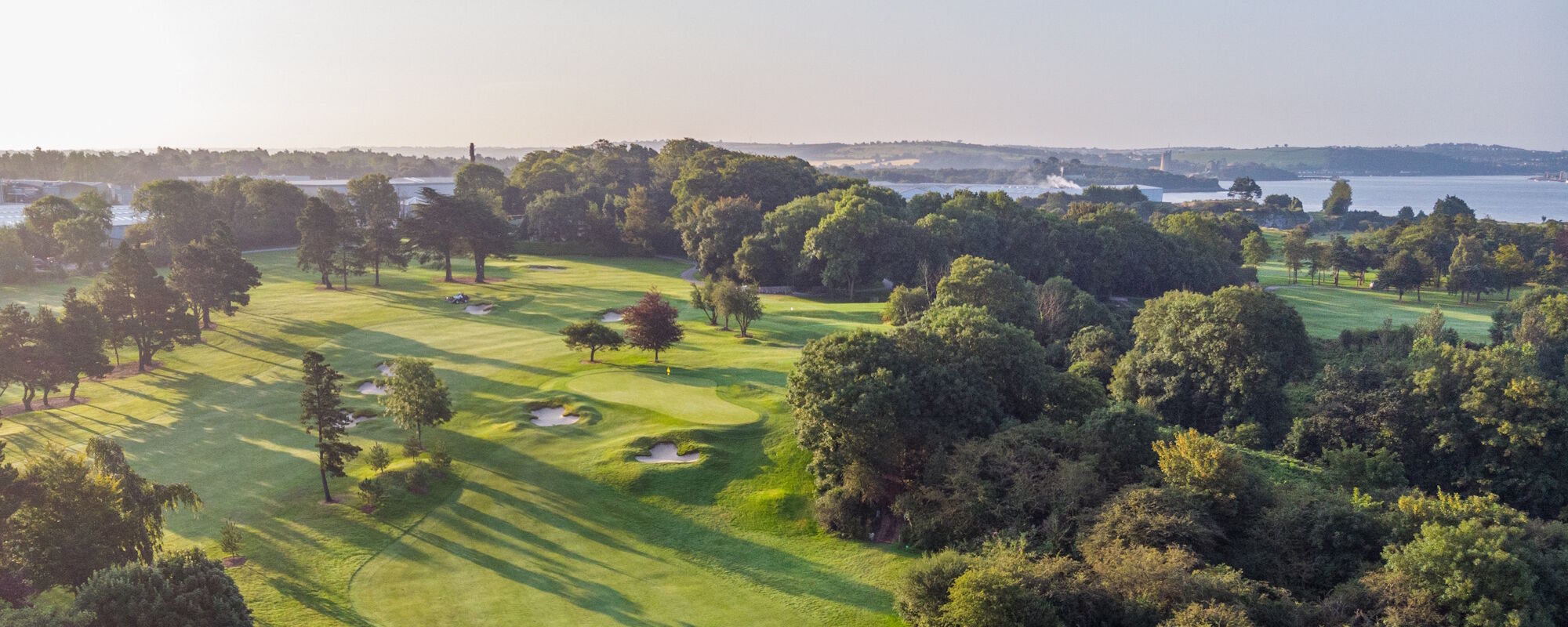Course Features
Cork Golf Club has a number of course features and placenames that make the course unique.
Lime Kiln at the start of the 5th fairway is one of three Kilns on Little Island, all located on the riverbank. The lime was used for mortar and land improvements.

Shufflers to the right of the 5th fairway. In the early days, the grass was long in the dips in the ground making it necessary to shuffle in order to try and find your golf ball.

The Quays on the right of the 5th Hole was built to allow boats transport the limestone extracted from the quarries. Old paths leading to the quays are still visible on the course if you look carefully.


Crusher to the right of the 8th fairway where stone was crushed and used for road repair/construction.

Tar Plant on the right of the 8th fairway adjacent to the crusher. The tar was used for road repair/construction.



Marble Quarry at the 13th Hole, marble rock extends in a south-west direction in front of the second tees (white/green markers).

Marble Quarry: Here is some of the unpolished marble. Many of the stones around the quarry still show traces of the Red Marble which was quarried there.

Forest of Argonne right of 14th fairway and including the present-day car park. Named after the Battle of Argonne, the forest was part of what became known as the Mesuse–Argonne Offensive, last battle of World War I in September 1918.







